
About six and a half months ago, a couple hours past midnight on February 26, I drove past a dead of night deserted Sohar on the way back to Buraimi from the semester break. Later that day protests would first erupt around Sohar’s Globe Roundabout, reaching a flash point two days later on February 28 when protesters burned down the local Lulu Hypermarket.
A month later, on March 27, I drove to Muscat, passing by Sohar. Around the Globe Roundabout tents were camped, a podium had been set up, and young Omanis were lounging about. The entire area had been cordoned off with police officers directing traffic around the protest camp. About an hour later, on the other side of the road, going in the opposite direction, I saw a legion of tanks and police vehicles speeding towards Sohar. I would later learn that they had been headed to officially end the Sohar protests and arrest the remaining protestors. Sure enough, the next day, driving back to Buraimi, the Globe Roundabout had been cleared of all traces of the protesters, workers already making repairs.
In the morning the students were beaming. “Did you hear the news? The Sultan put the protesters in jail”, a student quipped, holding up her hands in an it’s over gesture, “we feel more free.”
With Bahrain’s continuing protests recently popping back into news headlines, and Yemen, Syria, and Libya still locked into the news cycle, I thought it would be interesting to revisit what happened in Oman. In the initial stages, the New York Times kept a running tab of countries being swept up in Arab Spring protests. Within two and a half weeks, Oman was off the list.
It was around that time when I thought it would be safe to make a trip to Sohar. I had been making errand trips to Sohar every month. I had to pay my monthly car rental bill, withdraw cash from the HSBC ATM in Lulus, buy groceries not found in the local markets in Buraimi and for some reason I thought Lulus was already back in operation. I knew there had been a fire but I thought it was just some brief flash that caused some cosmetic charring. To me, Lulus was this untouchable behemoth, forever providing a bountiful one stop shopping experience at reasonable prices.
What I found was this.


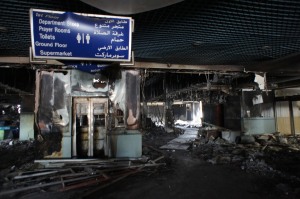
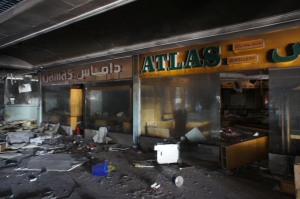
Part of the inside had collapsed and everything had been coated with a cancerous black roast.
I know, I know, the protesters were standing up for their rights, testing driving a long ignored voice, but, man, that was my only Lulu’s of a reasonable proximity. That meant, on top of the hour it took to reach Sohar, I had to continue another hour for the next Lulus or I had to get a visa and cross the border into the United Arab Emirates. It definitely created a sore spot for me and I can’t help but internally glare when I think about the Sohar protesters. Too far guys, too far.
At the height of the protests, I thought bringing up the topic of democracy in class might lead to some interesting discussions. The discussion didn’t last very long but I guess the response was interesting.
The students were very reluctant to talk. Some just weren’t interested. Some said they might enjoy listening about democracy but they didn’t want to discuss the subject. They felt they didn’t know enough about democracy to say anything. One girl joked that she got a headache whenever she tried to think about it because it seemed so complicated. Another joked that “if we talk about democracy, maybe rockets will fall on us”.
These were college students, in their early twenties, adult Omani citizens, and I didn’t really care if they accepted or rejected the idea of democracy (they live in a functioning monarchy after all), it was that they felt they weren’t qualified or intelligent enough to even talk or ask questions, and I would expand that to any sort of political issue. It was a circular justification for ignorance, a pervasive self doubt that was unsettling to encounter.
There were a few bolder students willing to contribute. One girl said she thought democracy meant saying what you thought without being afraid. Another added that democracy needed wise leaders.
The impression I was starting to get was that Omanis, or at least this swath of interior Omanis, as a political society, didn’t trust themselves to govern and tackle pressing issues. The previous Sultan was a repressive tyrant and their current one was an export of Britain, having lived and been educated there. When I’ve asked Omanis about the future of their country, about what happens after the current Sultan, their reaction is a fatalistic shrug; we’ll see what the next guy does. There’s a canyon of uncertainty, the baggage of societal entitlement, and a void in civil courage, urgency, and responsibility. Supposedly the succession process has already been laid out. The royal family will vote and if no agreement can be reached, the current Sultan has already written down and sealed a name in an envelope. Some say it might be his cousin, Fahd bin Mahmoud, and there’s still that rumor of the existence of Faisal, a secret son living in Britain who might arrive at anytime to claim the throne. But the people of Oman are just waiting like its some lottery rather than a match that they need to compete in. They’re watching with biting fingers, hoping that the ball will roll into the goal rather than running up and directing a kick themselves.
And with the protests, not just in Sohar but all around the country, there was a flicker of that, a step onto the playing field. While they vigorously criticized and rejected the destructive actions of the Sohar protesters, most students thought the protests were heading in a good direction. The protests were overwhelmingly peaceful, banner wielding, supportive of the Sultan, and asking to work with him.
I asked my students what they wanted and in a rare and welcome venture into the political, the students said they wanted more rights (couldn’t get them to be more specific), more jobs, they weren’t happy with their education, they wanted certain ministers to be fired because they thought they were stealing money, and they wanted higher salaries. Previously the monthly minimum wage was 140 OMR ($363) which was then hiked to 200 OMR ($520) during the protests. I asked students what level they would be happy with and they settled on at least 500 OMR ($1300).
They also said the Shura Council, or the Majlis al Shura, a consultative body, should be granted more power and responsibility. The Shura consists of representatives from Oman’s villages, towns, and cities who convene in Muscat to voice the concerns of the people. However that is their only power. Representatives are elected by local vote and students personally knew Buraimi residents who had been elected such as an uncle or their mother’s cousin.
1991 marked the creation of the Majlis al Shura with 59 representatives. In 1994 membership increased to 80 and 2 women were elected. The current council consists of 84 representatives. In response to the protests, the Majlis al Shura was granted oversight and legislative powers although what those actually are remain to be seen.
There’s an interesting book called “Oman-The Islamic Democratic Tradition” by Hussein Ghubash. The dominant form of Islam in Oman is Ibadism and Ghubash claims that Oman “is the only example of an Arab-Islamic democracy” based on the tenets of the Ibadi model of the imama system which are the free election of the imama leader and the application of shura (meaning “consultation”).
The Ibadis evolved from the Kharjities, a group that rejected the authority of the final Rashidun Caliph, Ali ibn Abi Talib, the son-in-law and cousin of Mohammad. They believed that the appointment of the imam should not be hereditary but rather decided through free election of the most pious man in the community. In the Ibadi imamate system power was not granted through divine right but guided by the principles of Al shura wal-bay’a (consultation and allegiance) and al-ijma wal-ta aqd (consensus and contract). This democratic tradition dominated Oman until 1688 when Bel arab ibn bin Sultan was elected, the son of the previous imam, Sultan ibn Sayf I, and the next seven imams belonged to the same family, granting the state a hereditary power and indoctrinating the populace into a culture of inherited authority. In 1806 the title of Sultan was first used by Said ibn Sultan.
However, the Ibadi imamate, with a stronghold in Oman’s interior region, would periodically interrupt the Sultanate system with a brief revolution and overthrow from 1869-1871 and another in 1913 which caused the country, under the treaty of al Sib, to be divided into the Imama of Oman and the Sultanate of Muscat. That would be the last true imama in Oman and end with the death of Muhammad bin Abdullah al-khalili in 1954.
Omanis have a very rich and interesting religious political history, one with democratic traditions and a spirit of revolution. It’s unfortunate that all my students found their current political system to be rather boring (although in all fairness it kind of is when the basic gist is, well, that one dude decides everything).
When we turned to America, the students piped up a bit more. They pointed out the problems of homelessness and poverty and unemployment. With its current state of economic stagnation, infected social lesions, and huge gaps of inequality, they were very skeptical of the United States as a model to aspire towards. They believed the existence of these problems were valid criticisms of democracy. For them the merits of a political system were closely tied to the condition of its peoples’ livelihoods.
And of course the word “freedom” quickly entered the conversation. When faced with the word “freedom”, without first trying to figure out what my or an author’s conception of the word was, students immediately reacted defensively, the elicited response usually along the lines of “but we need rules or people will run wild”.
One student asked “America is a free country according to them, then why they don’t accept or respect the Arabs, especially when they are in America?” They saw a society that touted “freedom” as its highest value and then used that freedom to disrespect and humiliate. For them, the word had developed a film of negative connotation.
Despite an initial apathy and even resistance to topics about American history, politics, and culture (students just wanted to learn “grammar” and “speaking”) I tried dolloping those things throughout my curriculum anyway, particularly after that conversation about America and Democracy. I thought by introducing them to thoughtful articulations of freedom by Americans and exposing them to the best of American democracy, it might light a spark to learn more on their own.
In 1995 Hillary Clinton gave a speech at the UN Conference Women Plenary Session held in Beijing. I played the recording while students followed along with a transcript. Afterwards, the same girl who asked about how America could claim itself free when it rejected and disrespected American Arabs, underlined and shared a quote from the speech that she particularly liked: “Freedom means the right of people to assemble, organize, and debate openly. It means respecting the views of those who may disagree with the views of their governments. It means not taking citizens away from their loved ones and jailing them, mistreating them, or denying them their freedom or dignity because of the peaceful expression of their ideas and opinions.”
At best, a few students recognized the name of Clinton, most didn’t, same thing with Martin Luther King Jr. But by introducing them to the words of people who weren’t just repeatedly proclaiming “freedom” but speaking passionately about and articulating the concept in relation to basic human and civil rights, I felt a shift of interest. Their picture of America was growing more complex and diverse from perhaps the American subset of bickering disregard and outright violence focused on by their media sources.
Conversations started to become more interesting. We had a class discussion about the hijab (head scarf) and most girls replied that it was a personal choice. One girl said to forget about religion and society and culture, of course they were an important influence, but the primary reason she chose to do things or not to do things was out of personal dignity. And having heard Clinton’s speech talking about freedom as a way to safeguard, her idea of the word expanded from selfish unrestrained do-whatever-you-feel-like behavior to the more profound conception of freedom to protect her own personal dignity.
As an introductory activity in the beginning of the semester, I asked students to write down five words to describe Oman and five words to describe America. What surprised me was that, with the exception of one or two students, there were no religious or political abstracts like Freedom, Democracy, Christianity, Sultanate, Arab, or Islam. They used personal adjectives like” generous”, “respectful”, “kind”, and “interested in other cultures” for both countries. When asked to describe America, they chose to describe Americans and they often chose adjectives that they identified with themselves and it struck me that perhaps an important aspect of foreign policy, one that we can all influence, is the foreign policy of the good example, the efficacy of domestic progress and prosperity. If the goal is to increase the salience of democracy in the world maybe we should show democracy at its best, treating all its citizens with dignity, demonstrating the capacity to bridge differences in a richly diverse landscape and finding common ground to solve pressing problems. That perhaps the best way to talk about freedom is to show it being used wisely.













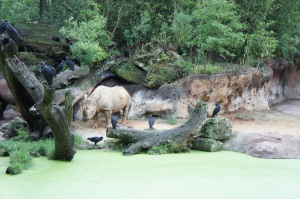

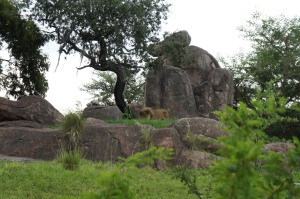



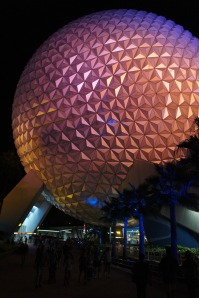






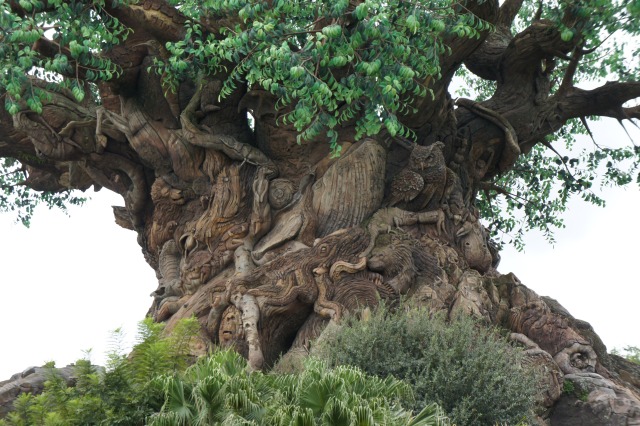






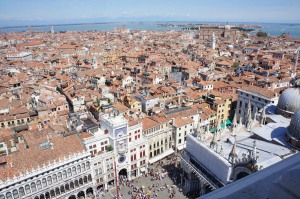
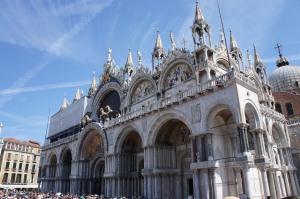

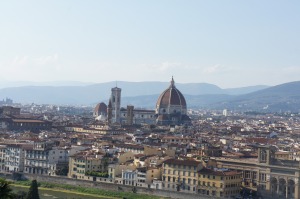


















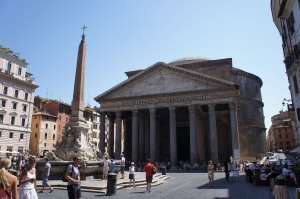









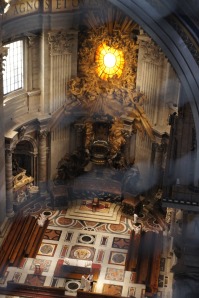




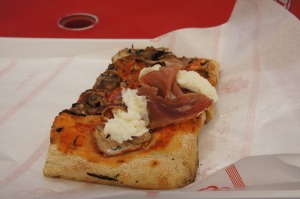
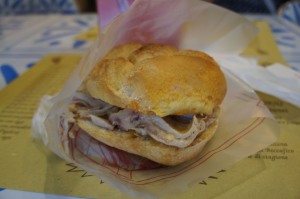



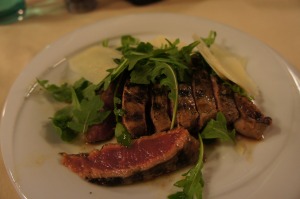













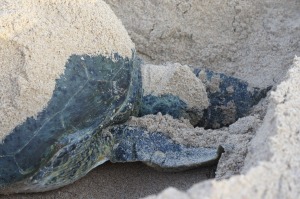

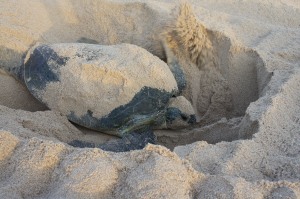
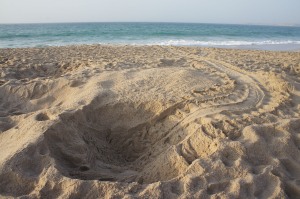


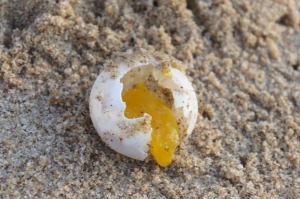


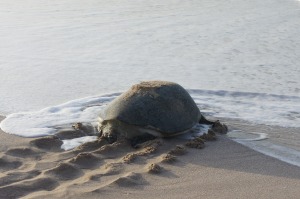

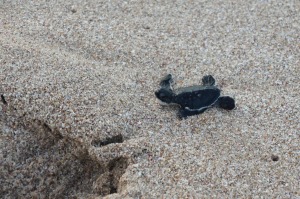





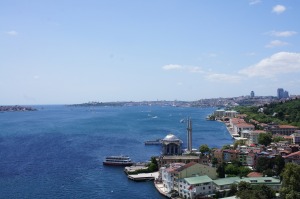


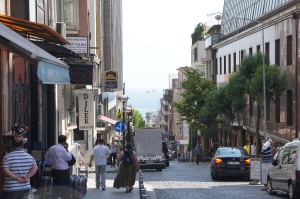
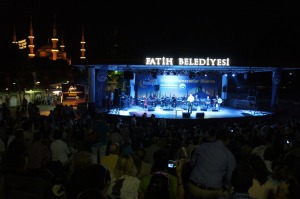
















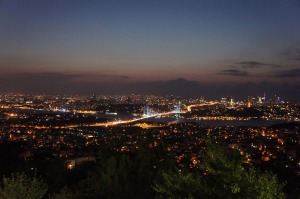



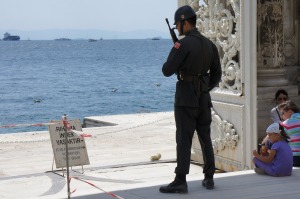





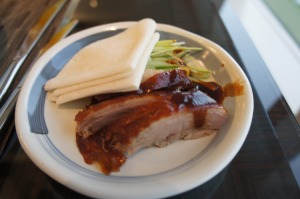







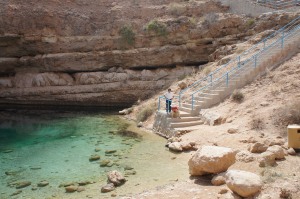
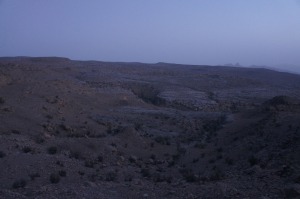

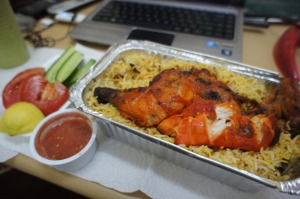
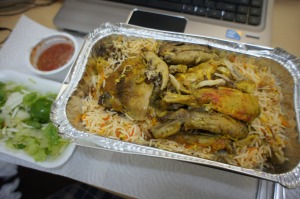
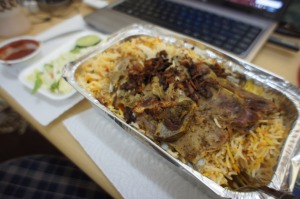

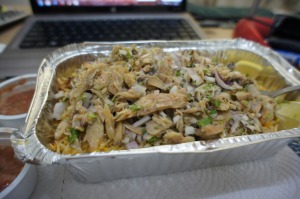





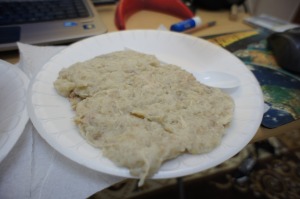


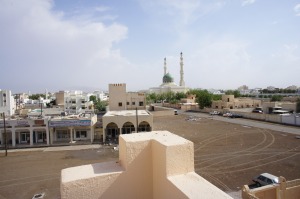

You must be logged in to post a comment.